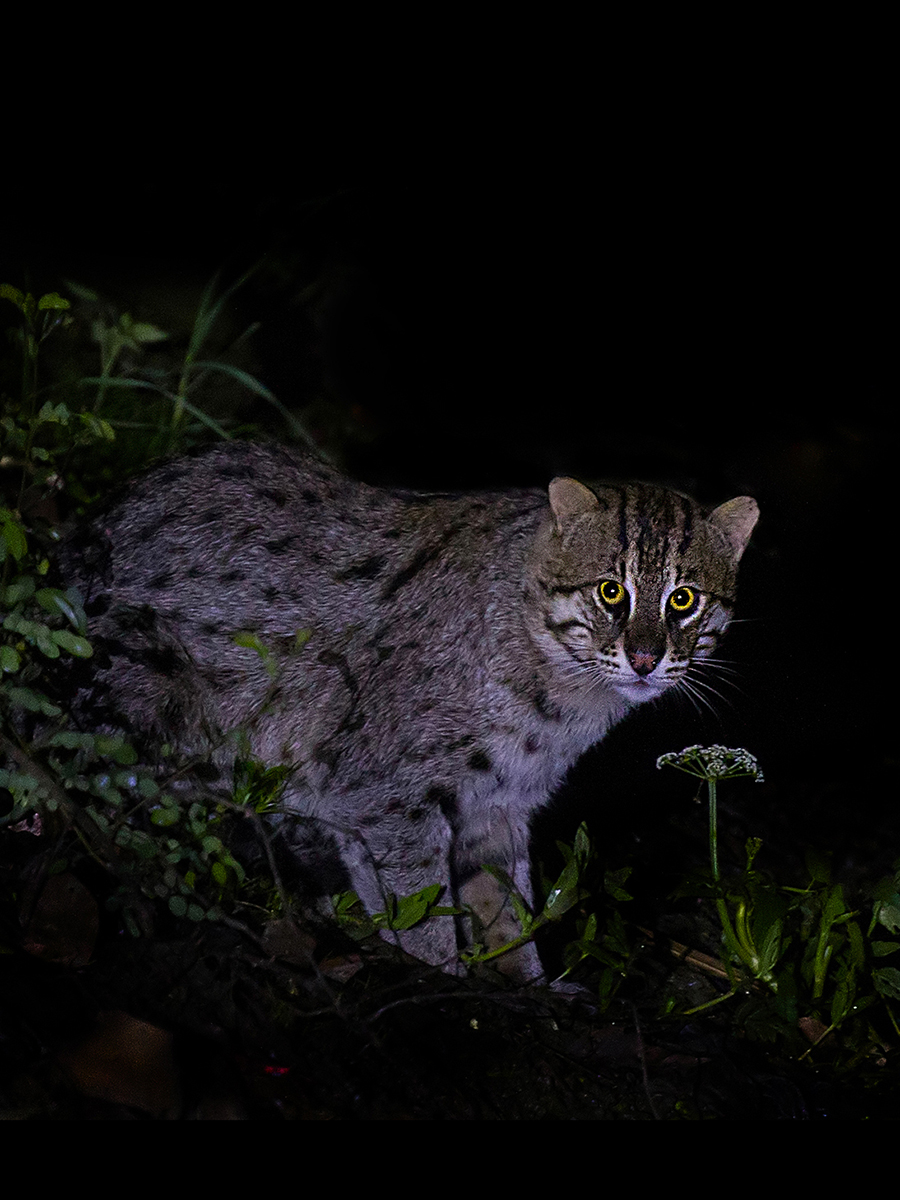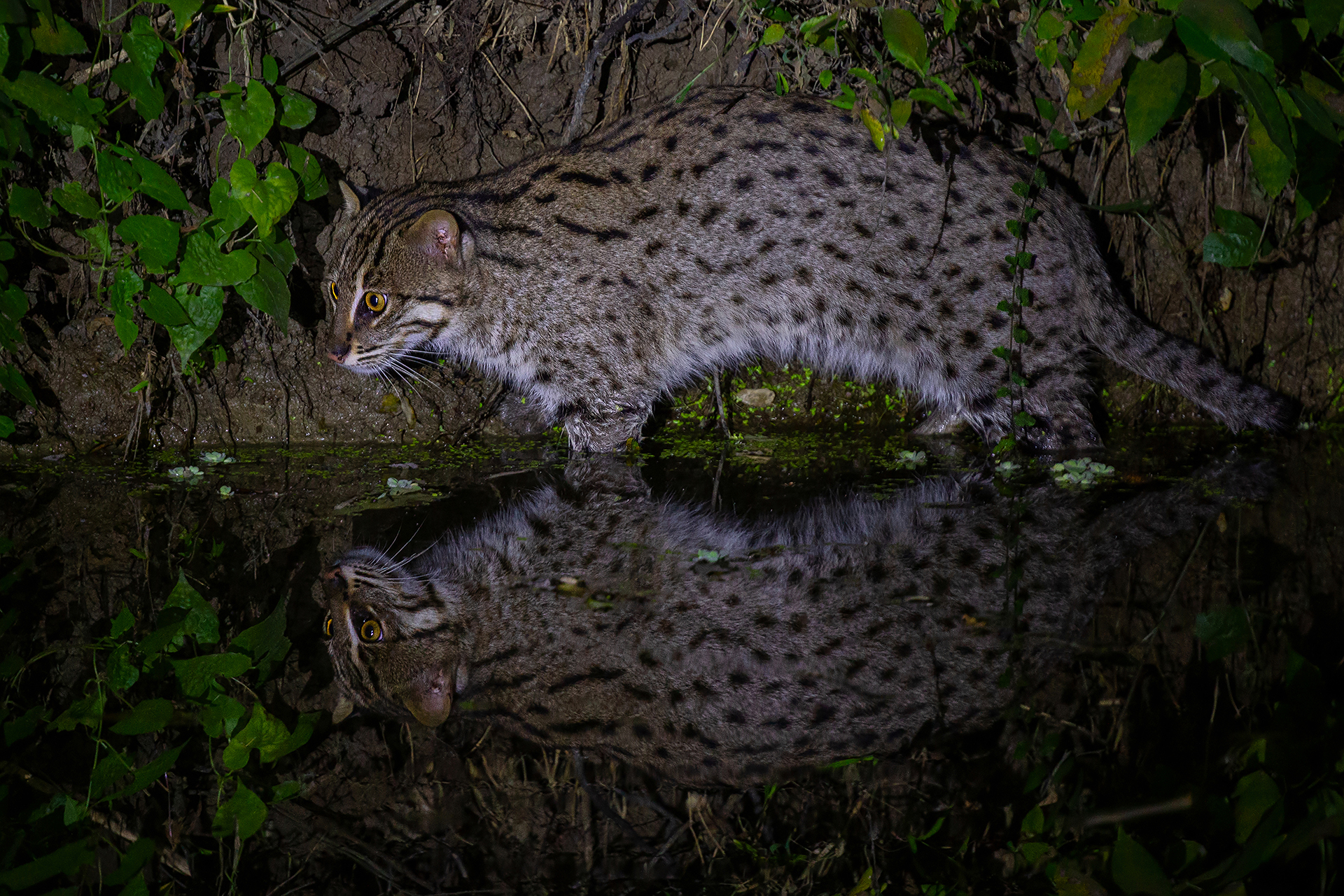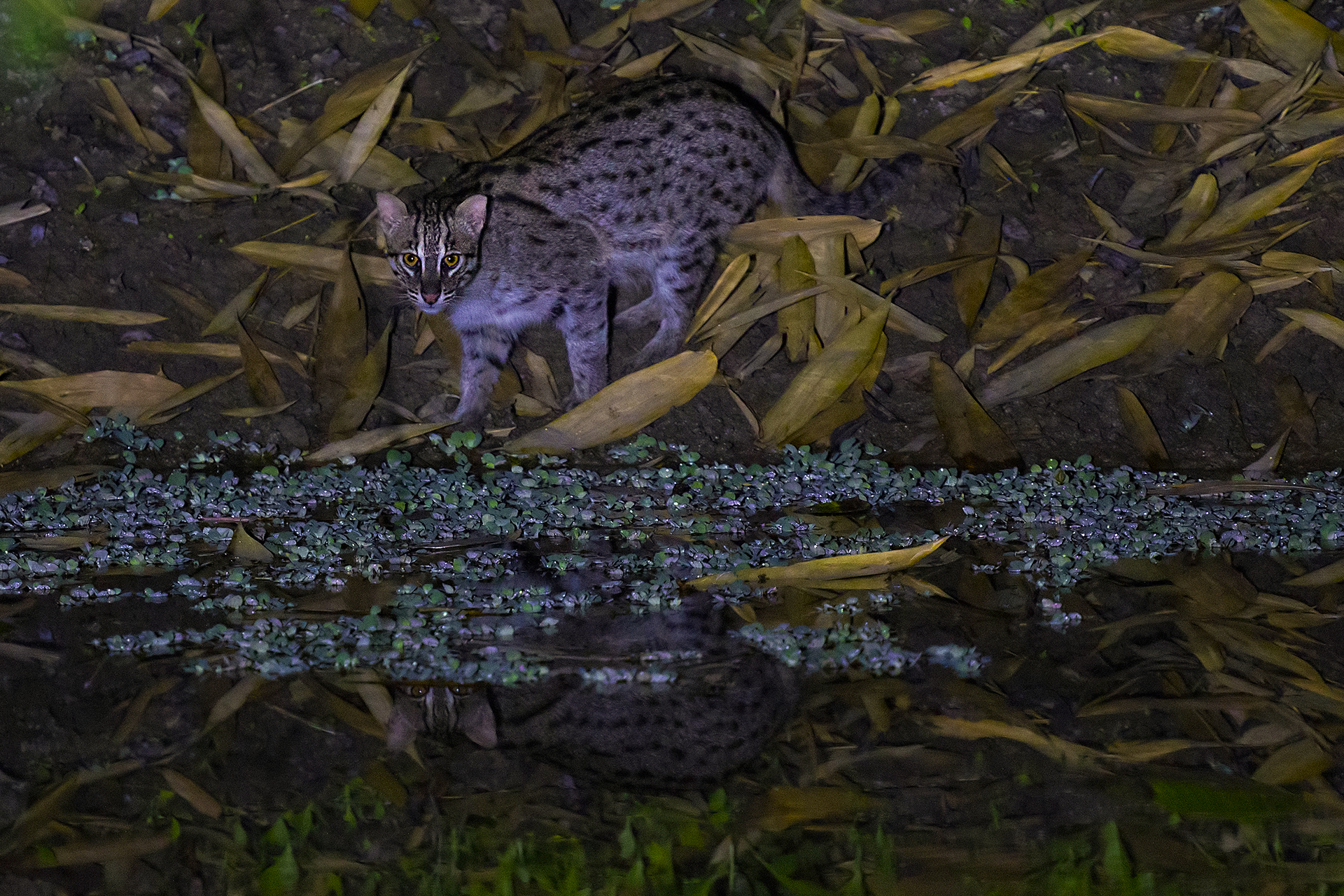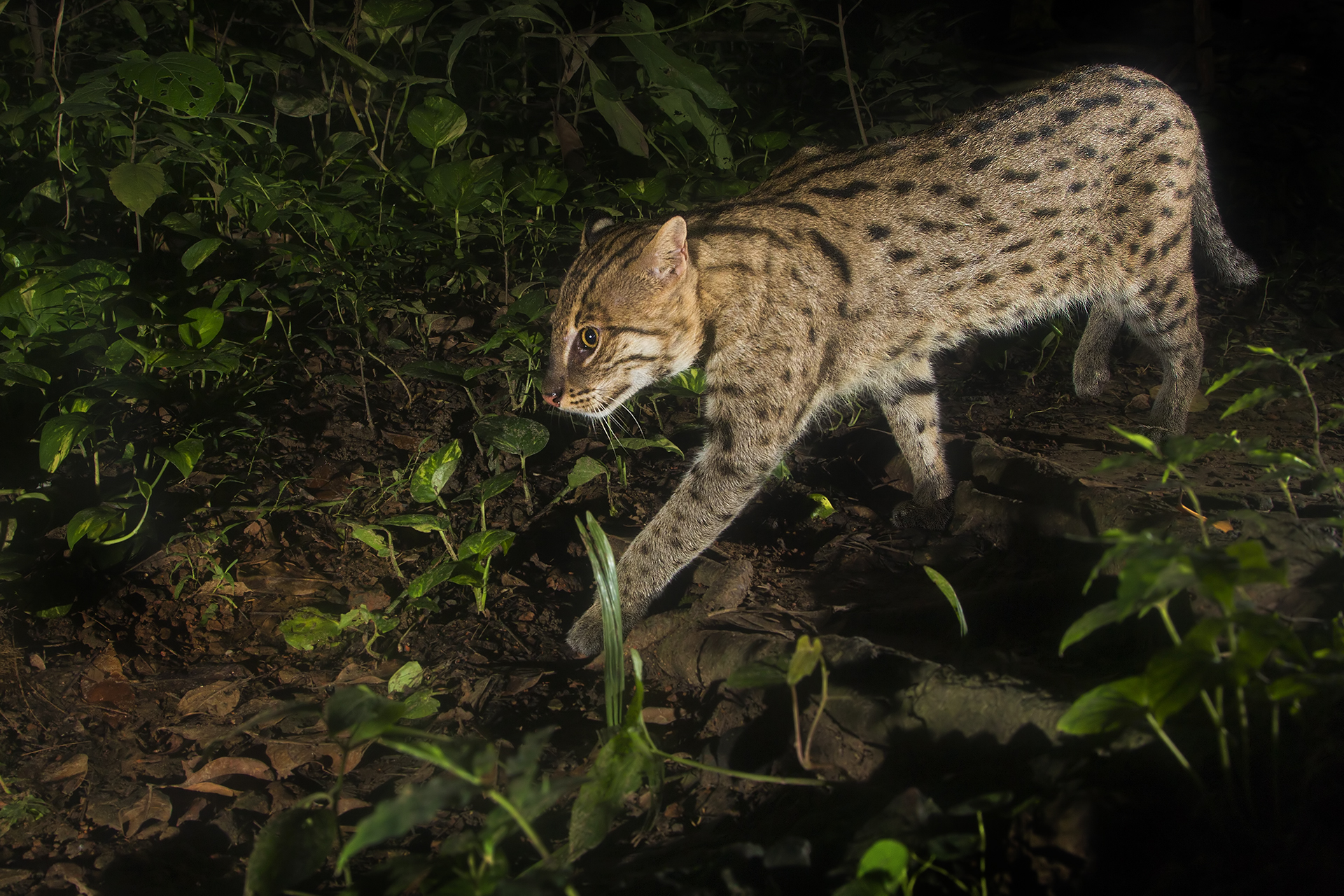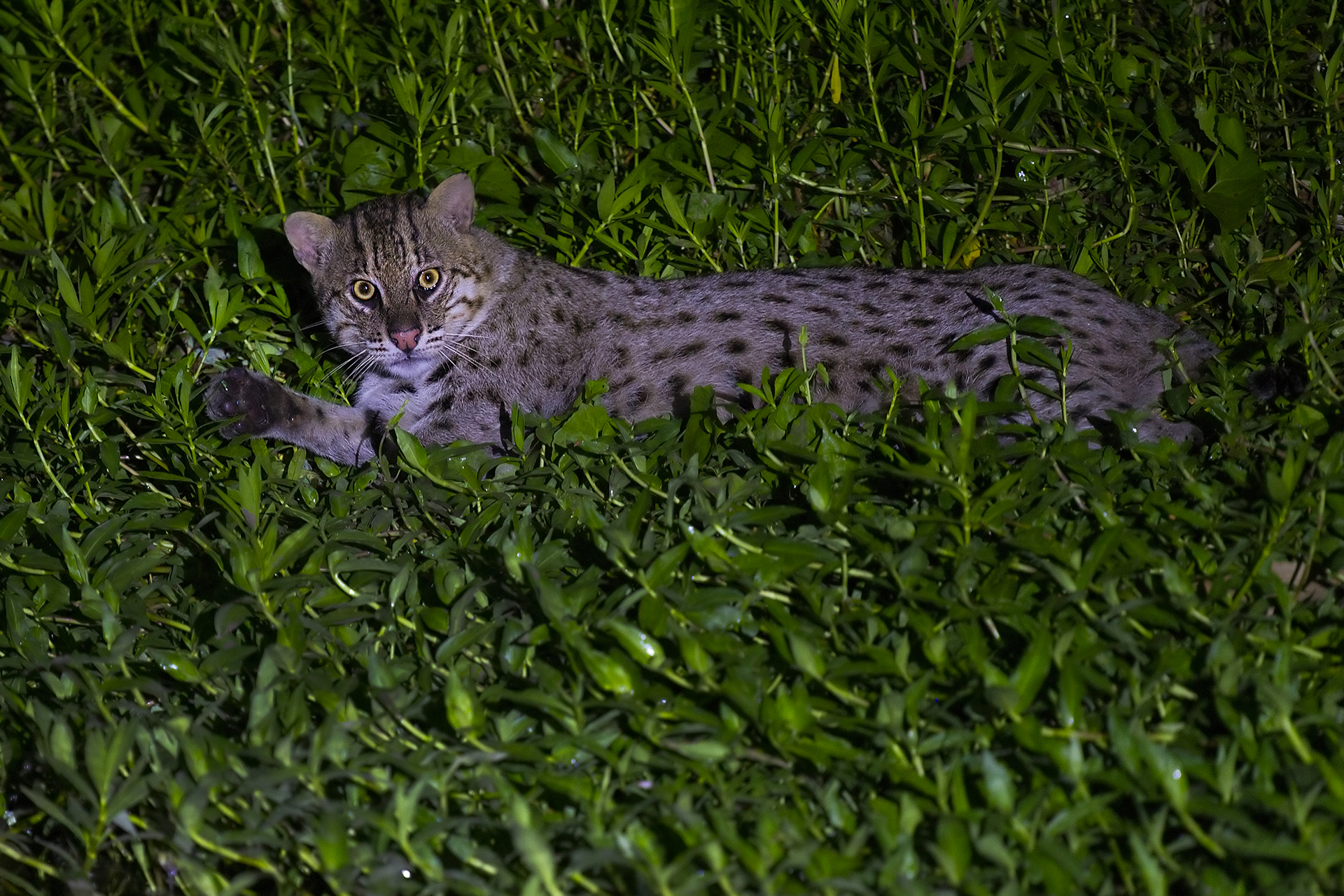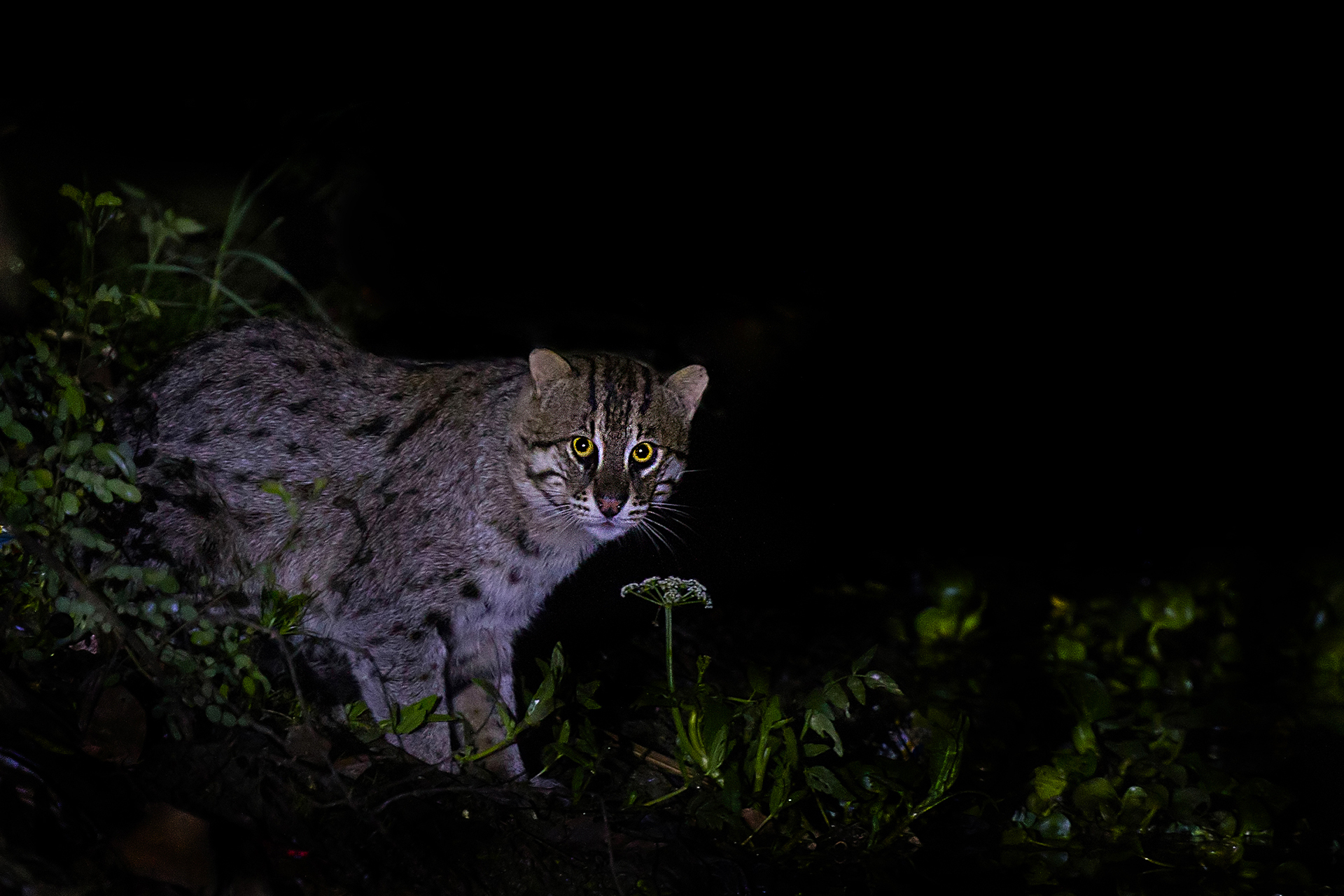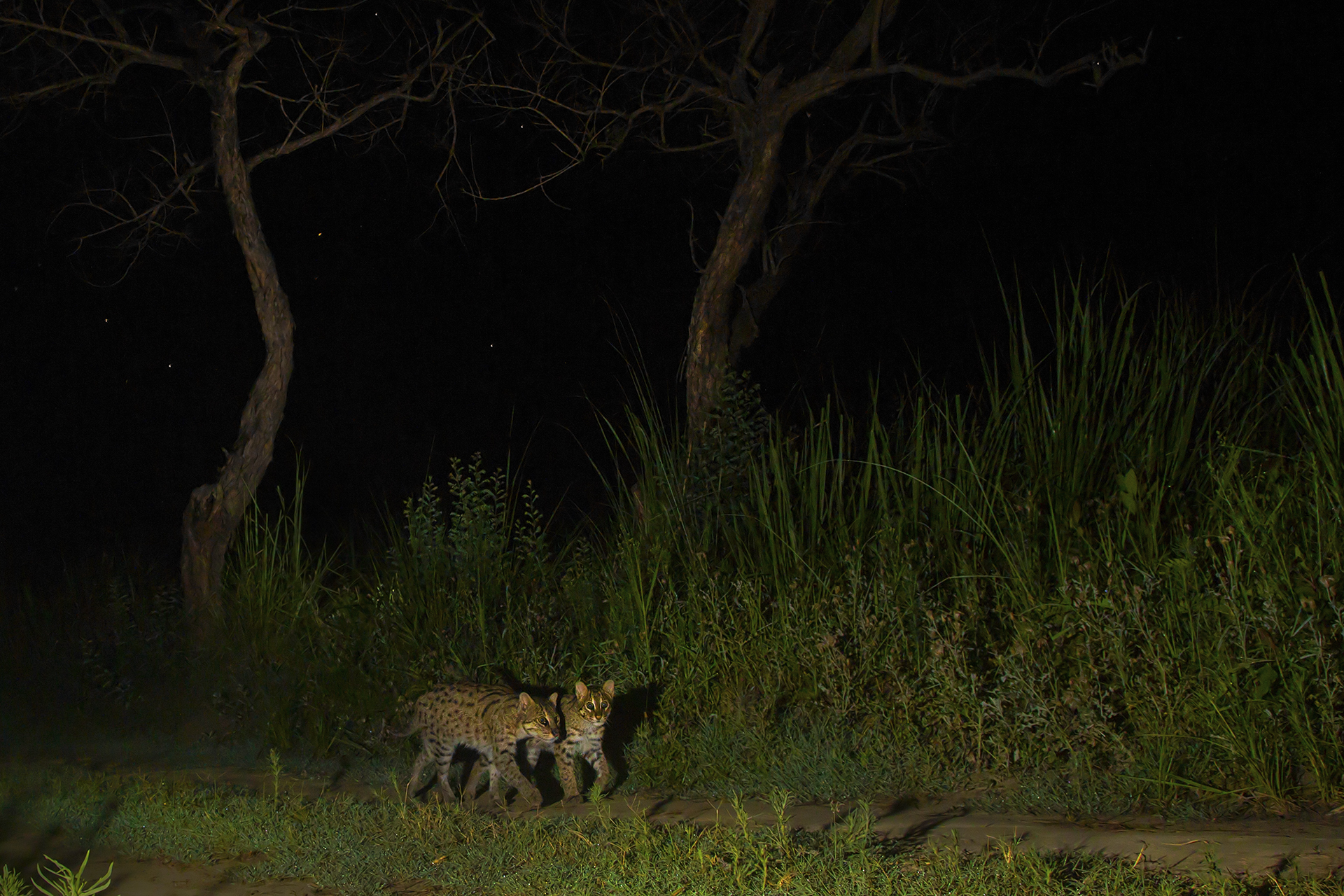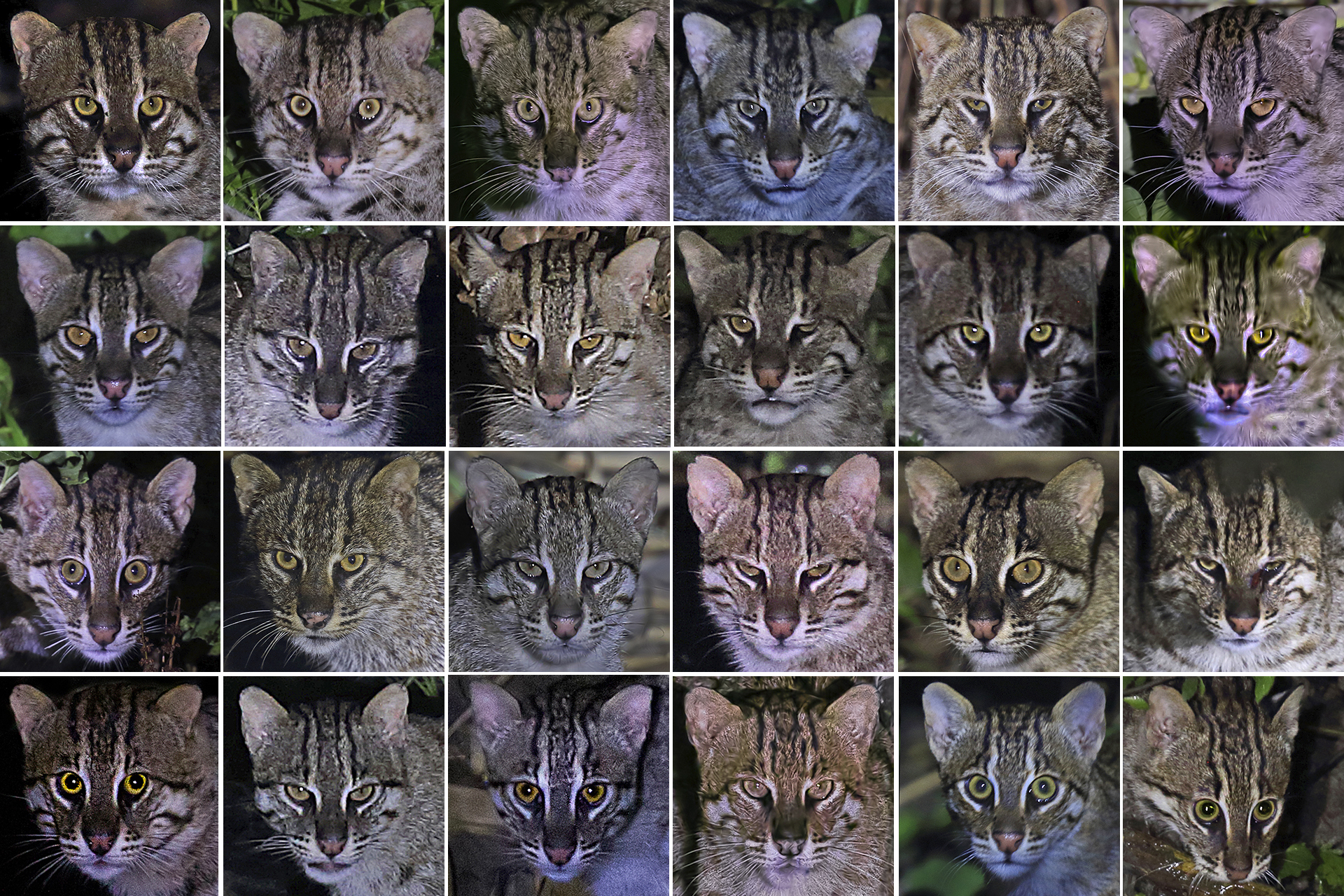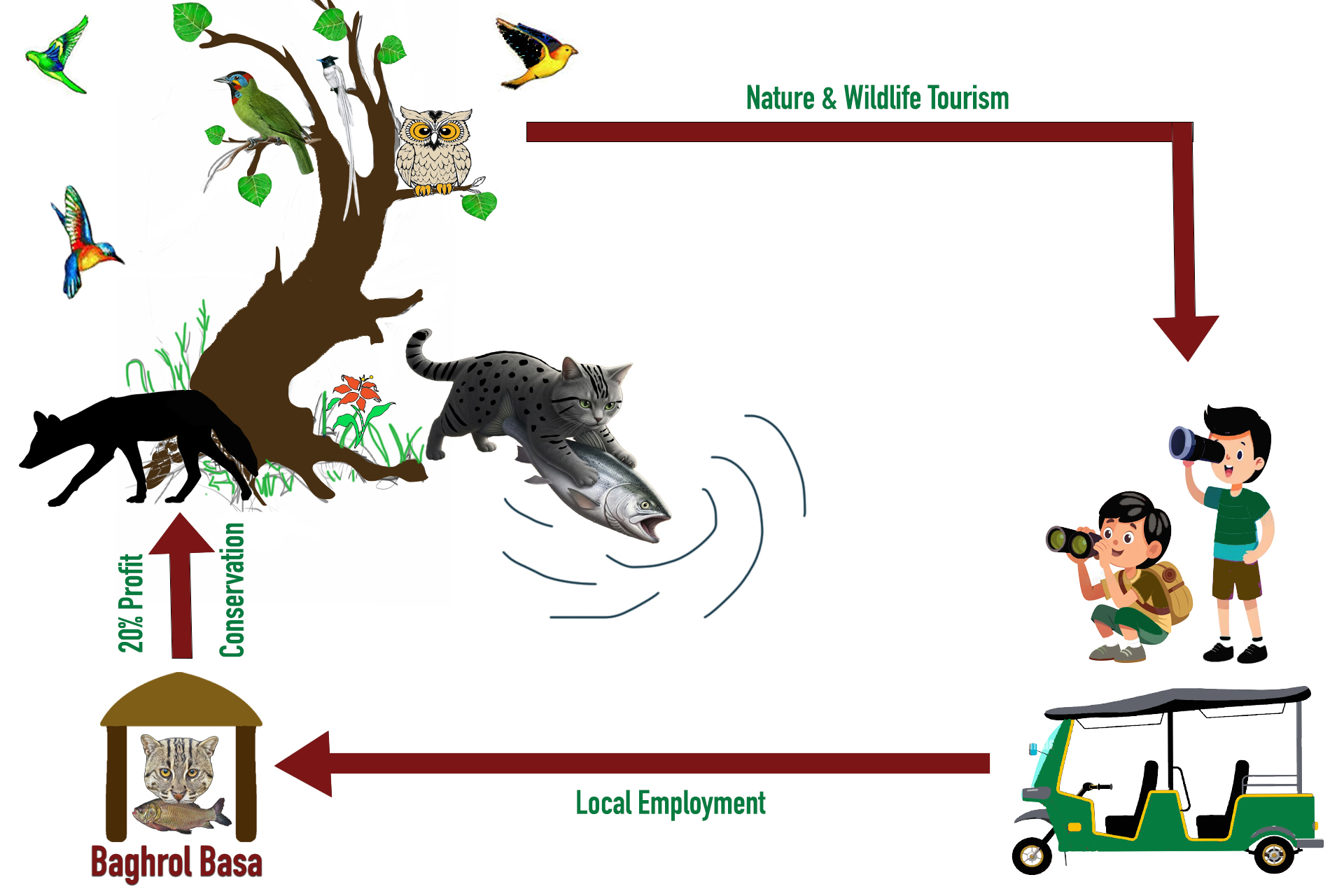Reservation
6291282879Experience
The Water Loving Cat
Fishing Cats are very unique aquatic cats specially adapted for the Floodplains & Wetland ecosystems and Fish is their main choice of prey. They are not only hunting at night, but also underwater. They are among the strongest small cats with extraordinary abilities.



